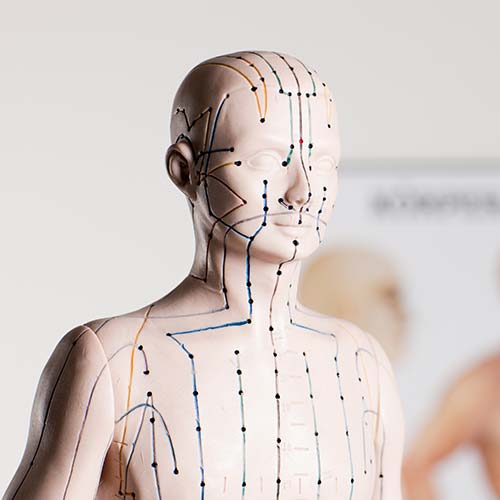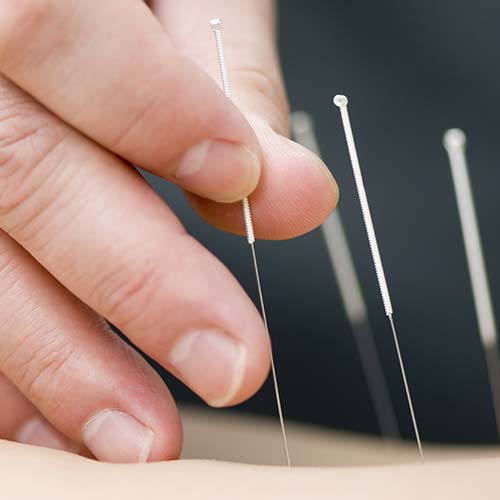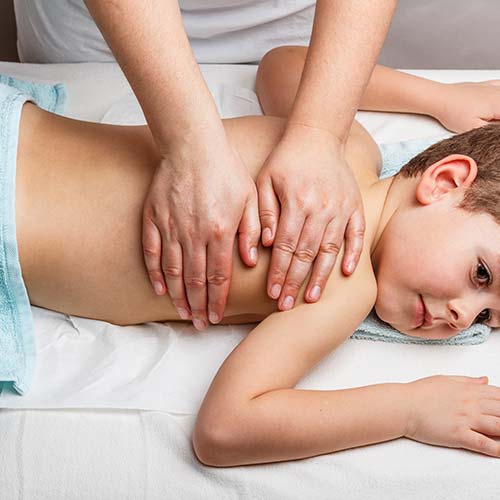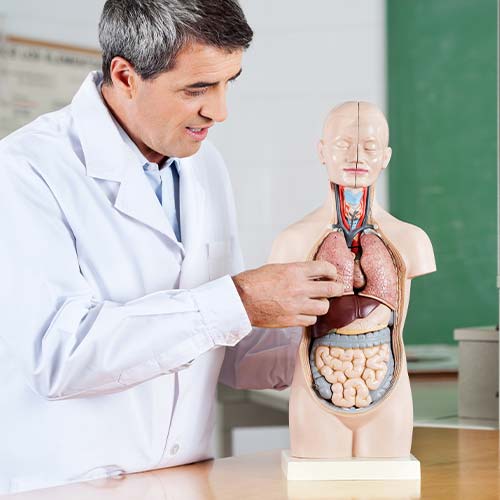Could acupuncture help with your chronic musculoskeletal pain? In Europe there are an estimated 120 million chronic musculoskeletal disorder (MSD) sufferers or one in four of the population. It’s a big problem that affects healthcare and can lead to more opioid use and harm physical and mental health. But, what if a non-drug method could help?
Acupuncture is an old practice that has shown to help with pain. It’s been used for back, neck, and shoulder pain. Studies now show it works better than placebo treatments and can match or beat drugs for pain relief in hospitals. This ancient method might change how we handle pain today.
Key Takeaways Chronic musculoskeletal pain
- Chronic musculoskeletal pain is a big health issue, affecting over 120 million adults in the Europe.
- Acupuncture has shown benefits in treating acute and chronic pain conditions, including back, neck, and shoulder pain.
- Acupuncture has been found to be superior to sham/placebo treatments and equivalent or better than medications for pain reduction in emergency department studies.
- Acupuncture initiated in the emergency department and continued in an outpatient setting for 1 month may be more effective than usual care alone at reducing acute musculoskeletal pain.
- The literature supports acupuncture as an effective treatment modality for managing chronic pain, with potential to revolutionize modern pain management.
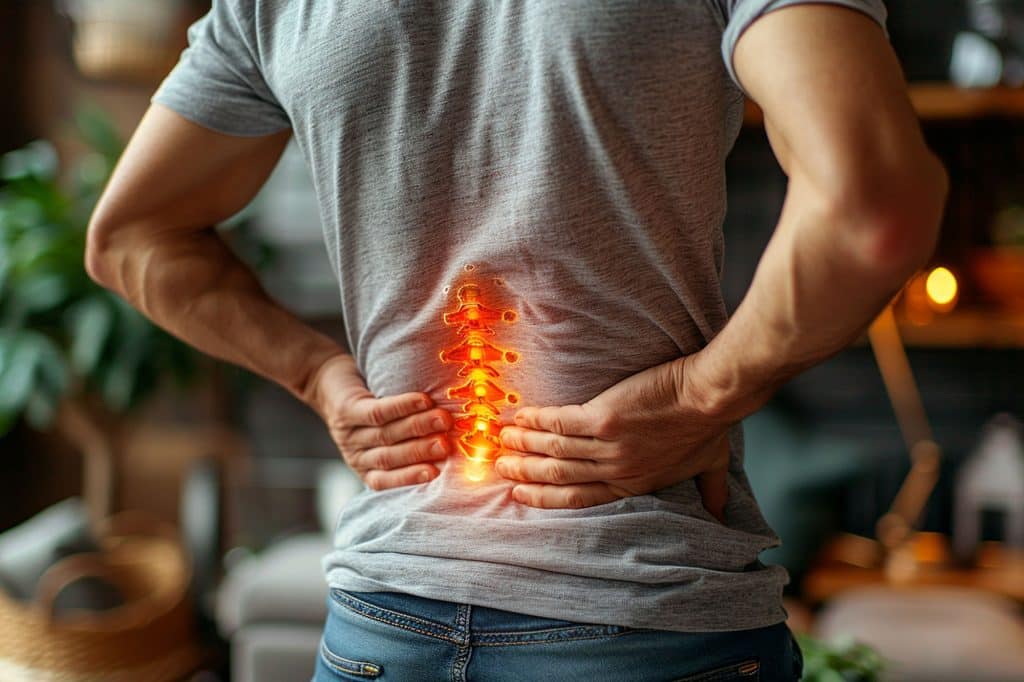
The Burden of Chronic Musculoskeletal Pain
Prevalence and Impact of Chronic Pain
Chronic pain affecting approximately 100 million people in Europe. It’s a big health issue. Musculoskeletal pain is a big part of this, getting worse as people get older. The study shows that chronic pain is a huge problem worldwide, making it one of the main causes of disability.
Musculoskeletal disorders (MSDs) significantly impact both health and the economy in the EU, as illustrated by the following key points:
• DALYs as Impact Measure: Musculoskeletal disorders (MSDs) contribute to 15% of total disability-adjusted life years (DALYs) in the EU, indicating significant impacts on quality of life and mortality.
• Economic Impact in Germany: In 2016, MSDs in Germany resulted in:
• €17.2 billion in lost production (0.5% of GDP).
• €30.4 billion in lost gross value added (1.0% of GDP).
• Link to Economic Loss: While DALYs don’t directly measure economic costs, they correlate with productivity losses, highlighting the economic burden of MSDs.
| Condition | NRS Reduction (%) |
|---|---|
| Lumbar Problems | 40% |
| Cervical Problems | 43% |
| Hip Problems | 42% |
| Knee Problems | 42% |
| Foot Problems | 44% |
| Shoulder Problems | 46% |
| Elbow Problems | 55% |
A study from 2008 to 2022 looked at 1,186 patients. 932 had musculoskeletal issues, and 254 had other health problems. 62.5% got better with six acupuncture sessions, and 37.5% needed four more sessions for a total of 10.
Before treatment, the pain was an average of 7.49 out of 10. After, it was down to 4.27. This is a 43% decrease in pain. Tests showed the pain really did get better for each condition.
Acupuncture for Musculoskeletal Pain
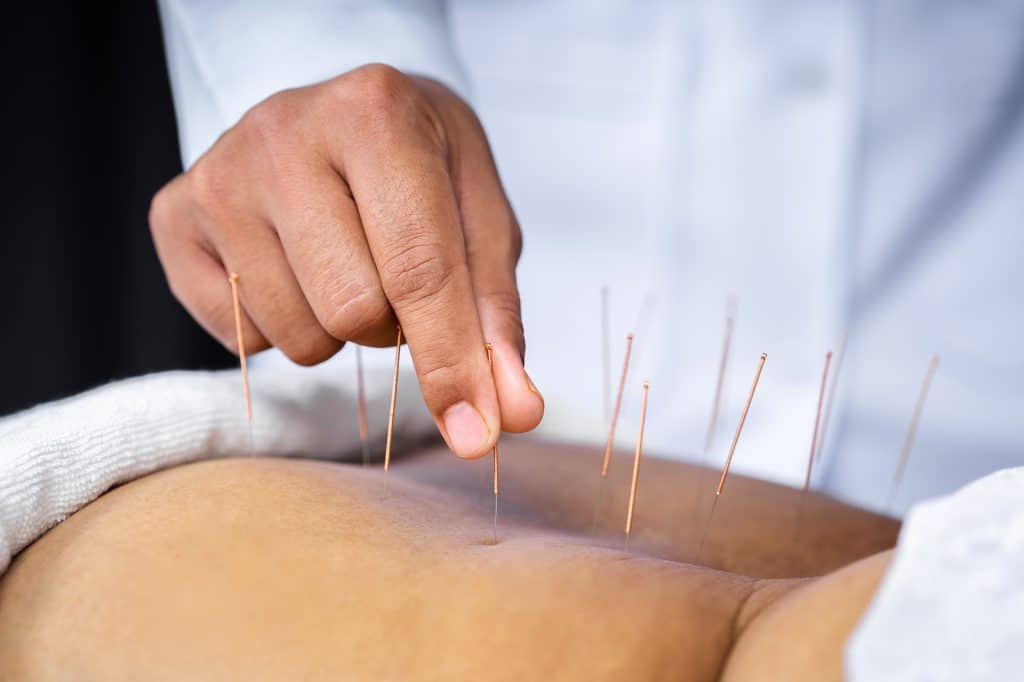
Acupuncture is an ancient Chinese practice now seen as safe and effective for musculoskeletal pain. It helps with both physical pain and anxiety. This method works on the brain, natural pain relievers, and inflammation. It’s a full approach to pain, not just one treatment.
Even though acupuncture is not yet common in emergency rooms, studies show it works better than placebo treatments. It can even match or beat drugs in reducing pain. This shows acupuncture could be a key tool for doctors to help with pain.
| Acupuncture for Musculoskeletal Pain: Key Facts |
|---|
| Acupuncture has been used for over 3,000 years.The effects of acupuncture are cumulative, with pain relief building up as treatment progresses.Typically, 2 treatments per week are recommended for maximum benefits.Usually, 3 to 5 treatments are provided before determining the effectiveness of acupuncture for a specific condition. Minor bleeding or bruising may occur after acupuncture around the needle insertion sites. Drowsiness or fatigue can occur after treatment in a small number of patients. |
Research on acupuncture for chronic pain and musculoskeletal conditions shows its value. It’s becoming a key part of treating pain. With its proven benefits, acupuncture is becoming more accepted in pain care.
Evidence for Acupuncture in Treating Chronic Musculoskeletal Conditions
Acupuncture is a promising way to help with chronic musculoskeletal problems. Many studies have looked into its effects on pain and functional issues for those with these conditions.
Low Back Pain
Low back pain is very common, affecting millions globally. Studies show acupuncture can help in this situation. A Cochrane review found acupuncture with moxibustion works best for reducing pain.
Knee Osteoarthritis
Knee osteoarthritis causes a lot of pain and makes arround difficult. Research says acupuncture, like moxa acupuncture and Electroacupuncture (EA), can help. A review showed acupuncture beats sham medication and usual care for chronic knee pain.
Other Musculoskeletal Conditions
Acupuncture has also been tested on other issues like neck and shoulder pain. A trial showed laser acupuncture helped neck pain, with most people feeling better. But, its effect on shoulder pain is not as clear. A Cochrane review found no short-term pain relief but did show it helped with shoulder function.
Overall, research points to acupuncture as a useful tool for chronic musculoskeletal issues. It offers a safe, effective way to manage pain alongside traditional methods.
| Condition | Evidence for Acupuncture |
|---|---|
| Low Back Pain | Acupuncture combined with moxibustion is the most effective intervention for reducing low back pain. |
| Knee Osteoarthritis | Moxa acupuncture and Electroacupuncture (EA) are effective in treating knee osteoarthritis. Acupuncture is superior to sham acupuncture and ‘usual care’ in both short and long-term treatments. |
| Neck Pain | Laser acupuncture is effective in reducing neck pain, with over 80% of the treated group reporting improvements. |
| Shoulder Pain | The evidence for acupuncture in treating shoulder pain is more variable, with acupuncture not providing short-term improvement in pain but improving shoulder function. |
Integrating Acupuncture into Pain Management
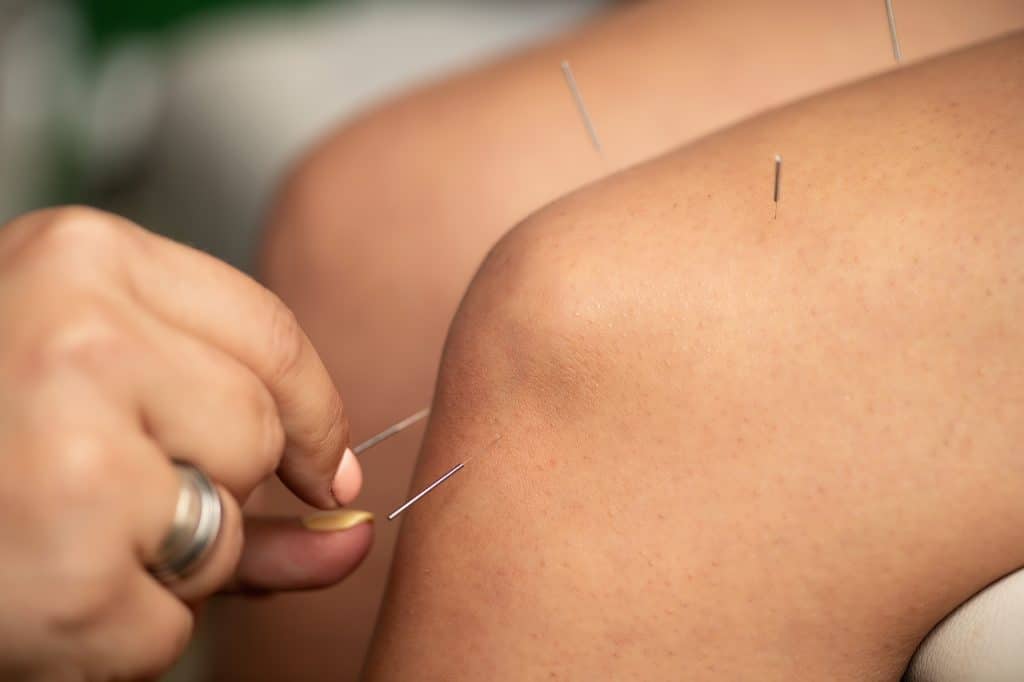
Acupuncture is becoming a key part of managing chronic pain. By looking at it holistically and, not only at the physical part. Studies show it can work well with other treatments in helping against chronic pain.
Adding acupuncture to pain management plans can really help people with chronic pain. It can be given one-on-one or in groups. This way, it uses acupuncture’s special powers to change how we feel pain, reduce inflammation, and affect the brain’s pain centers.
| Condition | Acupuncture Effectiveness |
|---|---|
| Migraine | Proven effective in randomized controlled trials and systematic reviews |
| Neck Pain | Demonstrated efficacy in managing neck pain through research |
| Shoulder Pain | Acupuncture found to be effective in treating shoulder pain conditions |
| Osteoarthritis | Research has supported the use of acupuncture for osteoarthritis pain relief |
Using acupuncture as a treatment option in pain management can make a big difference. It can be given one-on-one or in group acupuncture settings. This makes it easier for people with chronic musculoskeletal pain to get help. By combining acupuncture with other treatments, doctors can use its ancient wisdom to better manage pain.
Conclusion
Chronic musculoskeletal pain affects over 43% of adults in the Netherlands. It’s a big health issue. Moving from short-term to long-term pain is hard, and usual treatments don’t always work. But, acupuncture looks promising as a safe and affordable way to help with chronic pain.
It’s especially useful for things like back pain and knee arthritis. Adding acupuncture to pain plans could make it easier for people to get better. It could also be used in new ways, like in emergency rooms, to stop pain from becoming long-term.
Studies show acupuncture can be a key part of treating chronic pain in the Netherlands. It could be a big help in managing pain in a way that’s good for both patients and the healthcare system.
Healthcare workers can use acupuncture to give patients a better way to handle chronic pain. This could make people’s lives better, reduce the need for strong painkillers, and make healthcare more sustainable. It’s a step towards tackling the growing problem of chronic pain in a smarter way.
Seminar Mazzanti AcuOsteo method®
Often pain is generically reported to a widespread area of a joint, together with some rigidity and it can be difficult to identify the Acupuncture Channel involved in a musculoskeletal pain.
Osteopathic manipulative treatment’s aim is to bring back joints in their physiological position, reduce pain and limitation of the movement, and help to identify the channel that needs to be treated with Acupuncture.
More information about this seminar
Source Links
- https://bmjopen.bmj.com/content/12/9/e061661 – Acupuncture for acute musculoskeletal pain management in the emergency department and continuity clinic: a protocol for an adaptive pragmatic randomised controlled trial
- https://cdmrp.health.mil/prmrp/research_highlights/22Mao_highlight.aspx – Comparative Effectiveness of Acupuncture for Chronic Pain and Comorbid Conditions
- https://www.ncbi.nlm.nih.gov/pmc/articles/PMC8719359/ – Acupuncture and Chronic Musculoskeletal Pain
- https://www.frontiersin.org/journals/pain-research/articles/10.3389/fpain.2023.1294428/full – Frontiers | Acupuncture in musculoskeletal pain: analysis of changes in pain perception using the NRS (Numeric Rating Scale)
- https://www.worcsacute.nhs.uk/documents/documents/patient-information-leaflets-a-z/acupuncture-for-musculoskeletal-pain/?layout=default – PDF
- https://www.nature.com/articles/srep30675 – Acupuncture for musculoskeletal pain: A meta-analysis and meta-regression of sham-controlled randomized clinical trials – Scientific Reports
- https://link.springer.com/article/10.1007/s11926-020-00954-z – Acupuncture and Chronic Musculoskeletal Pain – Current Rheumatology Reports
- https://www.dovepress.com/effectiveness-and-safety-of-acupuncture-related-therapies-for-chronic–peer-reviewed-fulltext-article-JPR – Effectiveness of Acupuncture therapies for pain | JPR
- https://www.racgp.org.au/getattachment/2ac13483-d57e-4c04-8a21-523e9135b67b/attachment.aspx – PDF
- https://www.ncbi.nlm.nih.gov/pmc/articles/PMC9511597/ – Protocol: Acupuncture for acute musculoskeletal pain management in the emergency department and continuity clinic: a protocol for an adaptive pragmatic randomised controlled trial
- https://www.frontiersin.org/journals/neuroscience/articles/10.3389/fnins.2023.1235111/full – Frontiers | Editorial: Acupuncture for pain management
- https://www.ncbi.nlm.nih.gov/books/NBK409482/ – Conclusions – Acupuncture for chronic pain and depression in primary care: a programme of research
- https://www.aafp.org/pubs/afp/issues/2019/0715/p89.html – Acupuncture for Pain
- https://www.mdpi.com/1648-9144/56/1/6 – Acupuncture for the Relief of Chronic Pain: A Synthesis of Systematic Reviews


